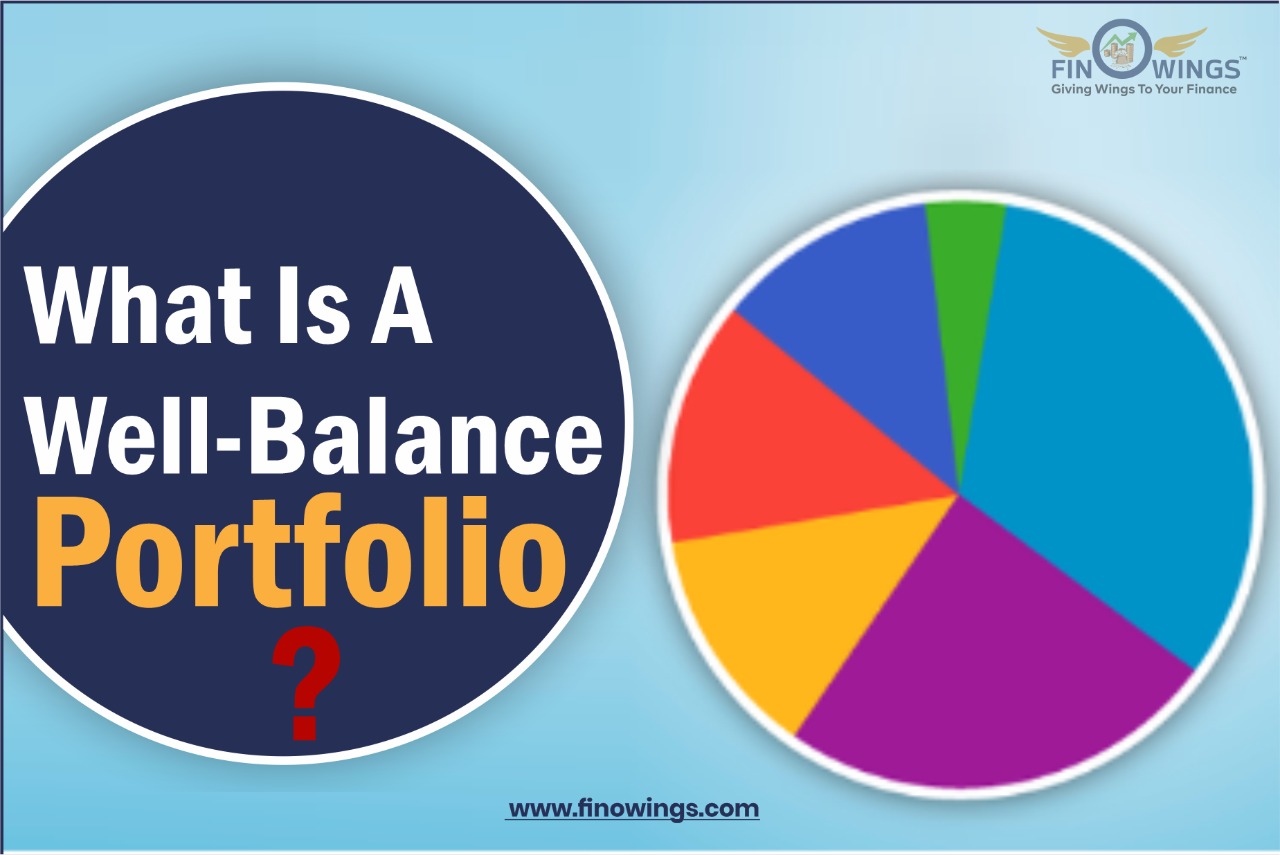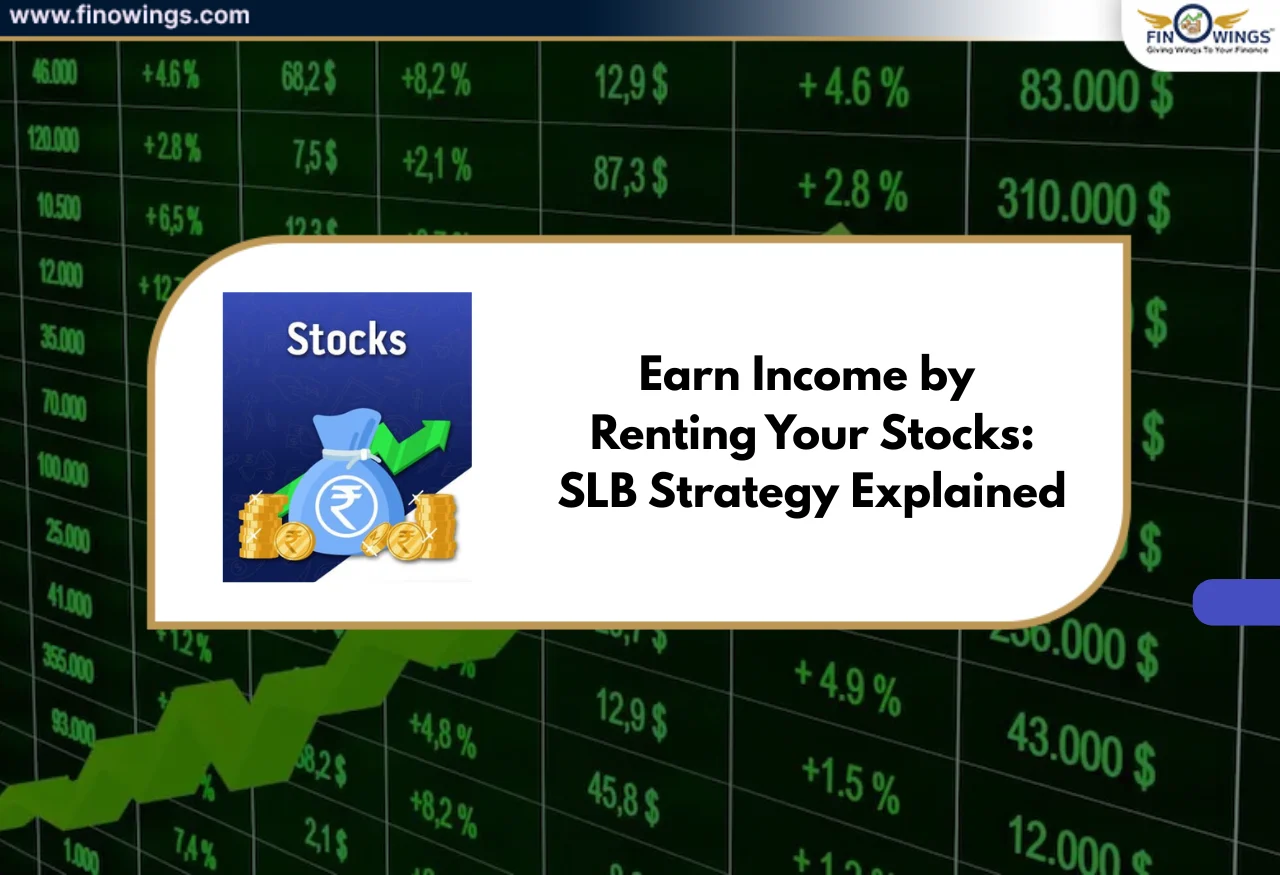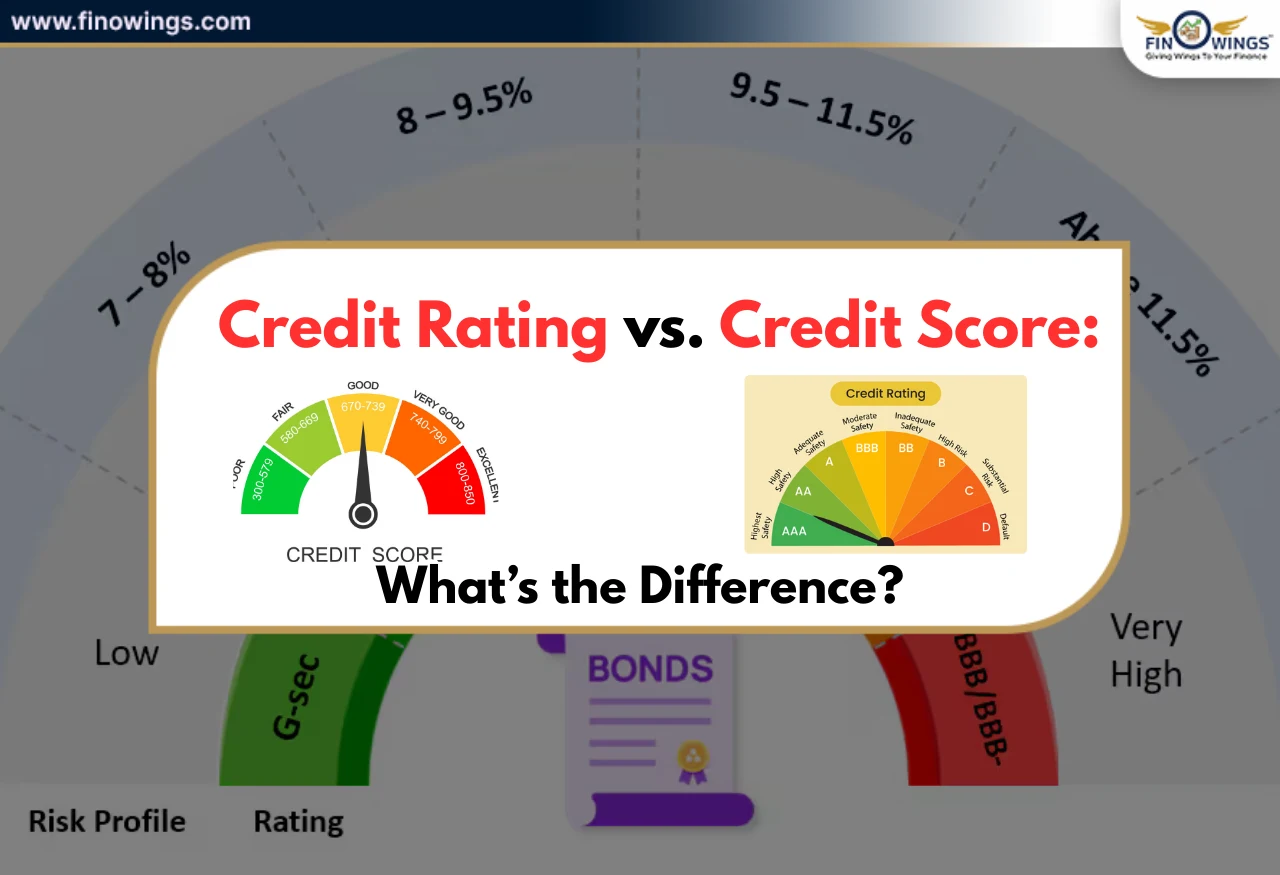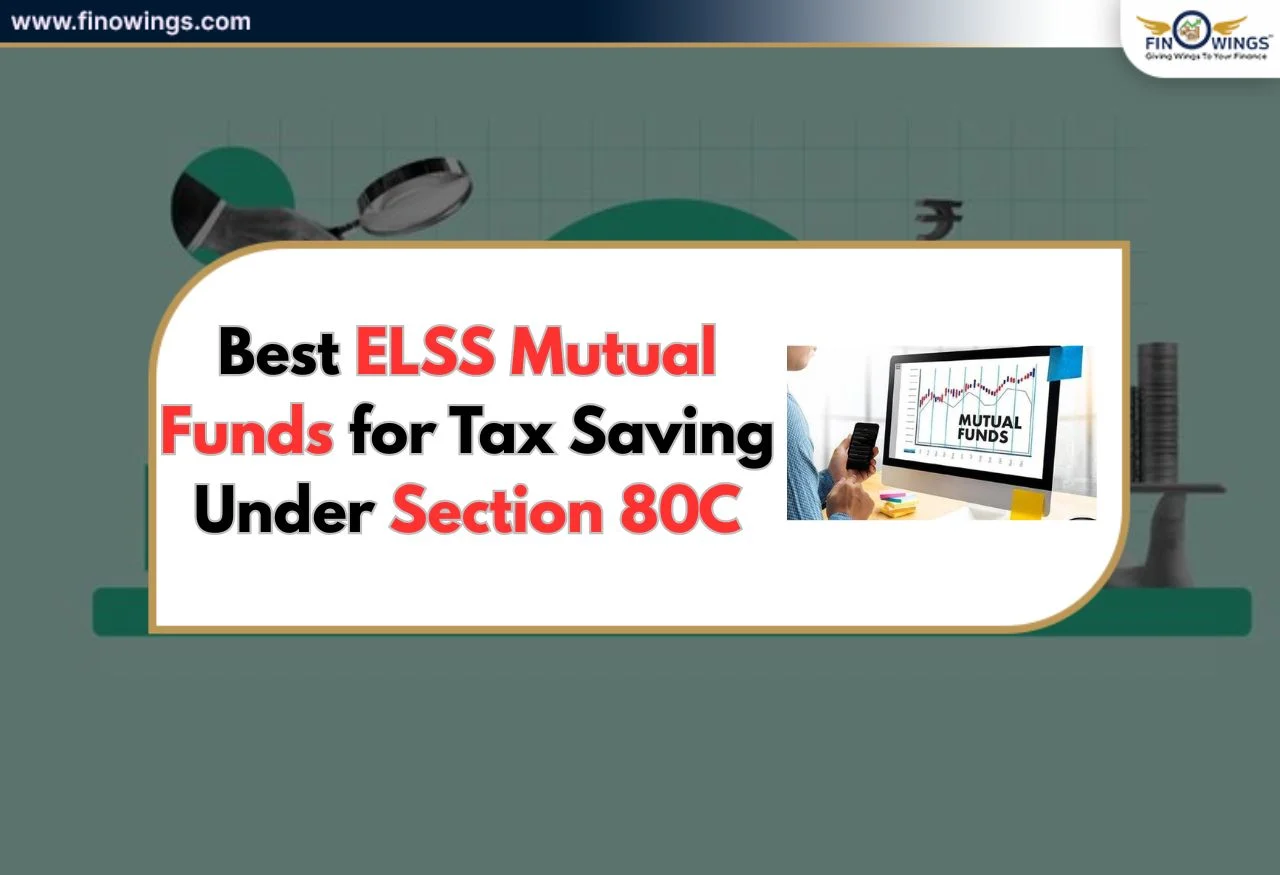Home >> Blog >> What Is A Well-Balanced Portfolio?
What Is A Well-Balanced Portfolio?

Table of Contents
Investing is a vital part of building wealth, but sometimes it can be challenging when you don't know how to make a portfolio well-balanced and more diversified; for example, the impact of Covid-19 that sent the Sensex down over 35%, making it one of the worst-performing global markets, has been an unpleasant reminder for investors. People have lost a lot of funds in this difficult time. So, unsurprisingly, many people are now asking themselves how to build a balanced portfolio.
Experts say that it is critical to balance the portfolio to reduce the risk and volatility of the market because a well-balanced Fund strives to solve that problem by providing investors with a single fund that can meet all their investment needs. So let's look at a balanced portfolio and how it can diversify investing, which can help chart the course during challenging times.
What is a well-balanced portfolio?
A well-balanced portfolio is diversified across asset classes to balance risk and return. For example, investing in asset classes such as equities, real estate, credit, stocks, mutual funds, commodities, and perhaps even long-term bonds can help minimize volatility and potentially provide easy, steady returns over time. The value of each financial asset in a portfolio determines its risk-to-reward ratio, which we refer to as its asset allocation. Balanced portfolio asset allocation is suitable for investors with moderate risk tolerance.
Typically, balanced portfolios are split between stocks and bonds, either equally 50/50 or with a slight bias, such as 60% in stocks and 40% in bonds. And because you own a mix of stocks and bonds, you're balancing your risk level -- and your potential return on investment. Balanced portfolios may also maintain small cash or money market components for liquidity purposes.
Having a balanced portfolio means balancing capital preservation and achieving growth. A well-balanced portfolio lies in the middle of the risk-reward spectrum. More conservative investors may opt for capital conservation strategies, while more aggressive investors may opt for growth strategies.
How does a balanced portfolio work?
When we talk about investing, personal discipline and portfolio balance are important. Balanced portfolios, also known as hybrid portfolios, spread your money across asset classes in a portfolio that typically contains stocks and bonds. For example, you can buy a balanced fund with 60 percent stocks and 40 percent bonds. This contrasts M.F. and exchange-traded funds that focus on one asset.
There are several different ways to put together a balanced portfolio that differ in their asset allocation depending on the investor's preferences and risk tolerance. For example, some may prefer stocks heavily (equity-oriented), while others may have a larger bond allocation (debt-oriented). Others may also keep a portion of your money in cash for added security.
Thus, the goal for individual investors is to understand their own needs and risk tolerance and to invest in a balanced fund to meet those needs. For example, you may lean more towards stocks if your risk tolerance is high. You may want to add more toward a heavier bond allocation if it's lower.
Why is a balanced portfolio important?
Risk management is the principal idea behind a balanced portfolio. This makes a balanced portfolio crucial to consider for your financial success. A balanced portfolio can also be easy for investors to access a ready-made diversified portfolio.
As different asset classes behave differently at different stages of the economic cycle, when one sector of your portfolio performs poorly, it is expected that the impact will be limited by those asset classes that perform well. It is interesting to note that looking at a portfolio fully invested in stocks; there have been losses in 25 out of 91 years.
A well-balanced portfolio helps to diversify your asset classes. These multi-asset funds are typically built around long-term strategic asset allocation, with asset weights in the short term managed tactically based on market conditions. Investors can decide on a portfolio based on their investment objectives, time frame, financial position, and risk appetite. Or they may mix themselves a range of balanced portfolios based on a specific theme or investment types, such as equities, commodities, or emerging markets.
Benefits of a Well-Balanced portfolio:
In investing, one can think of a balanced portfolio as a kind of one-stop purchase. Instead of dealing with multiple accounts for different assets such as stocks, bonds, cash reserves, and other investment types, it makes it easy to monitor the investment program in one place. Balanced portfolios can have their advantages for the right kind of investor. Here are some benefits of a balanced portfolio to consider.
4.1 Reduced risk:
The secret to making money successfully in the stock market is to focus on minimizing risk, and returns will take care of themselves. A well-balanced portfolio is a good way to reduce risk by building a diversified and balanced portfolio with stocks, bonds, and cash that aligns with your short-term versus long-term needs.
4.2 Instant diversification:
A balanced portfolio may be a good option if an investor has invested in a portfolio with dozens of stocks and bonds and is struggling to get going. A balanced portfolio allows you to buy a portfolio that is already diversified. Through diversification, investors can spread the risk associated with specific markets or sectors to reduce the likelihood of concentrated losses.
4.3 Beginner friendly:
New investors are unaware of which investment is best to meet their goals. A balanced portfolio can help these beginner investors as it is backed by a team of experts who have extensive knowledge of the best investments in the market.
4.4 No Need to Fight with Your Sentiments:
A key element of successful investing is "buy low, sell high." But selling stocks when they're doing well can be harder. Periodic rebalancing of a balanced fund to keep pace with the asset allocation mix means you will not have to deal with this practical challenge.
4.5 Stable and Consistent Returns:
Volatility is one of the problems with heavy investments in the stock market. All that volatility can make some people panic and sell their investments, hurting the long-term growth of their portfolio. A balanced portfolio combines bonds, stocks, and perhaps other assets to help reduce volatility and can help you invest during economic downturns.
4.6 Tax Efficiency:
A well-balanced portfolio is tax efficient, which lets you reduce your tax expense. It can improve a portfolio's tax efficiency by investing in stocks you plan to hold for a year or more. With it, it is possible to improve gross and after-tax returns without compromising safety and liquidity.
Conclusion:
Understanding and building a portfolio using stocks, bonds, and cash that aligns with your risk tolerance and short-term versus long-term needs is key to getting started. Since different investments carry different risks, there is no single way to build a balanced portfolio. So it is important to regularly monitor investment performance and adopt appropriate strategies accordingly.
Overall, the sole purpose of a balanced portfolio is to protect the investor from losing too much or not achieving their goals. And make money in all market conditions regardless of interest rates and deflation. In addition, a well-balanced portfolio diversifies the money into different assets instead of putting all your money in a single asset, leaving you with less risk of losing capital. In the eyes of experts, the best portfolio balance will be the one that best suits the risk tolerance, goals, and investment interests that evolve. Many financial experts also recommend rebalancing your portfolio regularly so that the portfolio does not overemphasize one or more asset categories.
Author
Frequently Asked Questions
A well-balanced portfolio should constitute small-cap stocks, mid-cap stocks, blue-chip
stocks, mutual funds, commodities, government bonds, debt funds, gold, etc. A well-
balanced portfolio protects investors against market volatility. But the right proportion of
a balanced portfolio should be decided by every investor based on their risk profile and
return expectations.
A well-balanced portfolio invests in both stocks and bonds to reduce market volatility. A
well-balanced portfolio should include a few risky assets like equities. But in a portfolio,
the allocation percentage of assets should be based on the risk profile of the investor
because an investor needs to understand and create a balanced portfolio using stocks
and bonds that align with their risk tolerance.
To maintain moderate risk levels, portfolios need to adjust the weightings of the different
asset classes in their investment portfolios. This is achieved by buying or selling assets,
which change the weighting of a specific asset class and ensure that the portfolio is
rebalanced on an ongoing basis. So generally, rebalancing means investors are selling
stocks and buying more bonds. Rebalancing the portfolio is important because, over
time, the weighting of each asset class will change, depending on the returns of your
investments, changing the risk profile of your portfolio






.webp)










